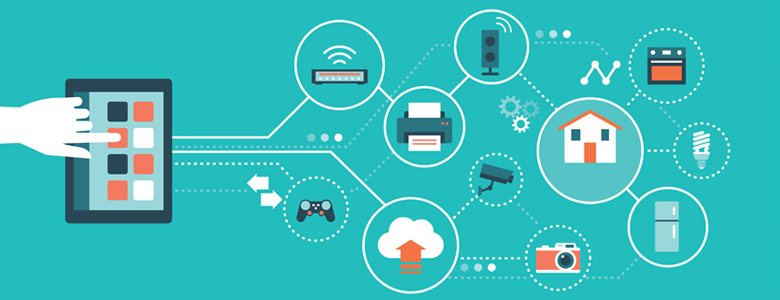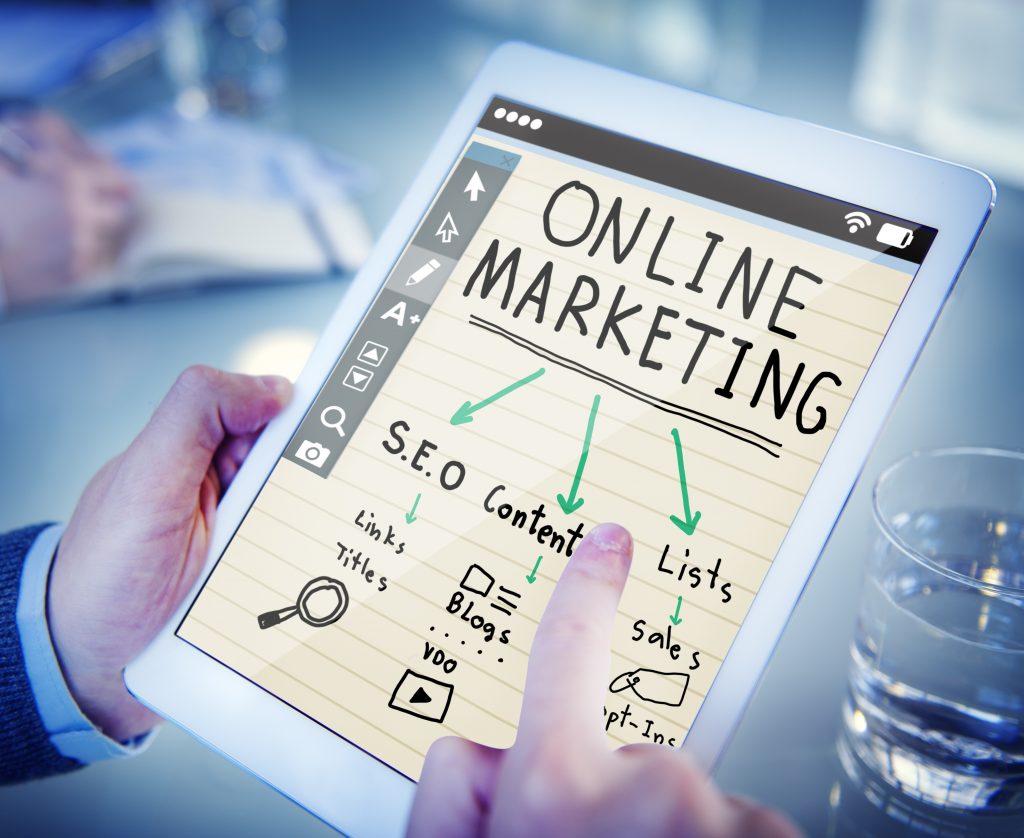
First published on cincom.com on Mar 11, 2015
Internet of Things – Friend or Foe?
Definition – Internet of Things
There is a lot of chatter about the Internet of Things (IoT) and it is often waved as the latest best technological advance and game changer for the insurance sector. The concept actually goes back to the early 80’s when a couple of computer science students at Carnegie Mellon University solved a serious problem: being able to check if the local Coke vending machine had been refilled and if the bottles cold yet.
The Internet of Things technology boils down to four key capabilities:
- Allow a piece of hardware to capture data without human intervention using sensors
- Give that piece of hardware a unique ID (IP address) so it can be identified and tracked
- Connect that hardware onto the internet
- Allow for data exchange
Friend?
Today, most of us are familiar with consumer products such as wearables devices (Microsoft band, Fitbit, jawbone, etc.), but the Internet of Things also includes heart-monitoring implants and cars with built-in sensors monitoring engine performance and other safety aspects such as tyre pressure. It also includes larger scale scenarios such as sensors monitoring the environment such as soil for irrigation, or movement for early detection of earthquakes and tsunamis across large areas − all without the need of manpower.
Other examples of applications include:
- Media and advertising to connect with consumers via smart devices and push the most fitting content at the best time and best location
- Infrastructure management
- Manufacturing
- Energy management
- Healthcare
- Home automation
- Transportation
- Urban “smart city”
All of these devices collect valuable data and autonomously feed that data to other devices using the internet as well as receive information remotely.
The number of applications is most likely to grow as well as opportunities. Driverless vehicles are a reality with manufacturers forecasting commercial availability as early as 2017. Many already predict that car insurance premiums would be significantly reduced as accidents will become a rarity.
Building and content insurance could also benefit from IoT with sensors monitoring appliances, security cameras, smoke detectors or lights being turned on/off remotely. All of these could reduce risk and cost to the insurers and ultimately, reduce premium costs to consumers.
On the surface, it really does sound like a game changer.
Foe?
However, some sceptics are already waving the red flag.
If you thought Big Data was big, you haven’t seen anything yet; with all those devices recording and sending data 24×7, it’s only going to get bigger. There is already no shortage of data available to insurers, but are they already making the most of it? Do they have the capabilities and capacity to absorb more? In other words, are they ready?
Is there a risk that all of that granular information about each one of us, on a second-by-second basis, about everything we do, how and where we go and when is going to create segregations and penalisation amongst us? Is my life-insurance premium this month going to skyrocket because I have been too busy or lazy to do my daily 10,000 steps? Will people with better genes and who are naturally healthy with less effort get access to better policies and greater benefits than those of us who don’t? Will having our lives and bodies monitored 24×7 become part of the “duty to disclosure”? Or will this instead, create an opportunity for new insurance companies to cater to those of us who are not perfect. Just like there are “low doc” loan providers, will there be “low-data-collection” insurers?
Conclusion
In the end, one thing is certain, we cannot stop the Internet of Things tsunami. But what we must do is get ready for it and learn to embrace and harness it. There are clearly some terrific benefits at many levels and across many aspects of life and health. However, there are also risks.
We all need to become a lot more technology savvy especially in areas of cyber security; we all need to learn to spot a phishing email, a dodgy website, and what is a safe site to download a program or game from and what is not. Distributed Denial of Service (DDoS) are constant attacks on banks, insurance, government, gaming and entertainment websites, causing significant losses, cost and frustrations. DDoS makes use of infected PCs and devices all around the world unknown to their owners. Whatever the motivation of a hacker, their capacity to cripple the rest of us is proven. But with more and more devices connected, the danger is even greater. Protecting our devices from unauthorised access and hacking is not just about protecting our own data, bank accounts or identity; cyber security is a social responsibility.


